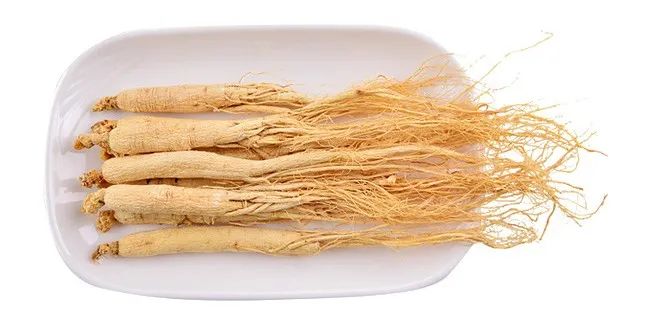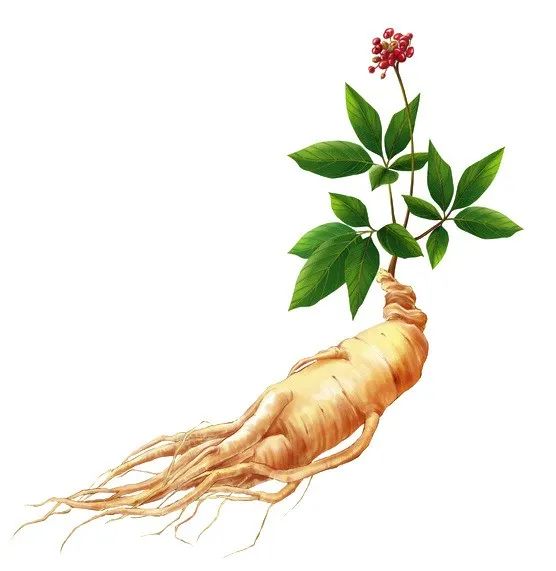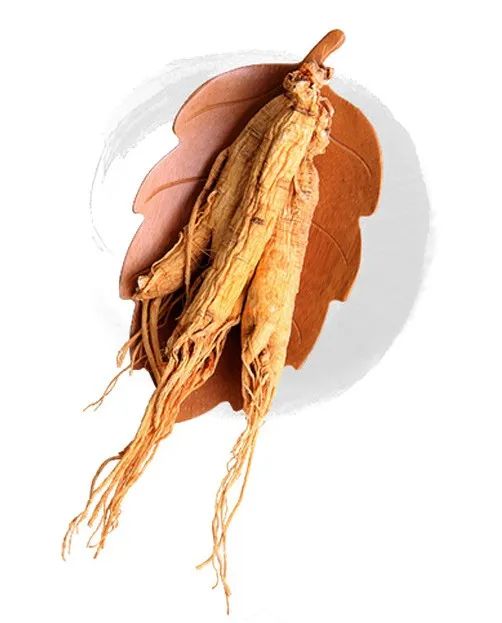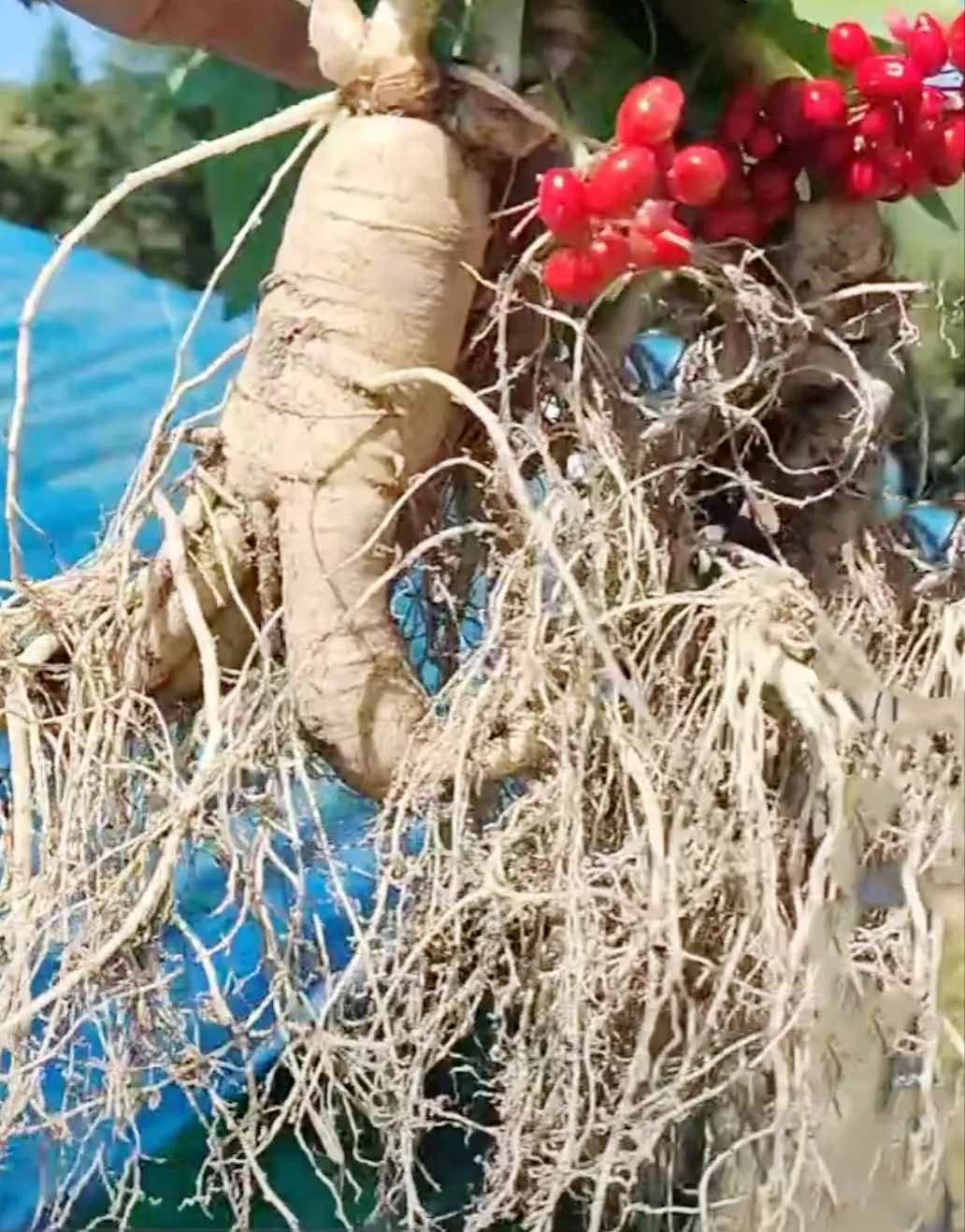


Site Selection:
The best forest for cultivating ginseng is broadleaf forest or natural secondary forest, with a terrain that has a slope to effectively avoid water accumulation. North slopes, southeast slopes, and northwest slopes are more favorable for ginseng growth, with a slope of 10~25°. If transplanting ginseng, it is best to choose soil with a humus layer of 10~15 cm, with yellow clay below, active yellow soil in the middle, and a pH value controlled between 4.6~5.8.
Soil Preparation:
After selecting the site, it should be plowed at least once before freezing, and again after thawing in spring, followed by fertilization. Ensure to plow every two months thereafter, breaking up large clods and removing debris to provide a loose and clean soil environment for ginseng cultivation.


Ginseng is propagated by seeds.
When selecting seeds, generally choose seeds from robust five-year-old ginseng plants that produce many seeds, have strong resistance, are free from pests and diseases, and show good growth. Seeds from plants younger than five years are not sufficiently mature; seeds from plants older than five years are usually harvested and processed for sale, leaving no seeds.
The flower cluster of five-year-old ginseng has 40~50 flowers, and the seeds mature sequentially as the flowers open from the outer edge inward. After harvesting the seeds, select mature and plump seeds for direct sowing. To ensure that ginseng seeds germinate quickly, evenly, and well, it is generally recommended to manually remove the inner and outer flowers of the flower cluster during the flowering period, leaving 25~30 flowers in the middle that grow more uniformly for seeding. Harvest when the ginseng fruit turns deep red, typically from mid to late July to early August. After harvesting, rub off the skin and flesh of the fruit to obtain ginseng seeds, then remove impurities, generally selecting seeds that are large, plump, white, and free from blemishes for sowing.


Seed Germination:
Ginseng seeds are deeply dormant and require not only the necessary conditions for germination but also a certain amount of time to sprout. Therefore, ginseng seeds need to undergo a germination treatment. When germinating ginseng seeds outdoors, soak them in gibberellin 920 and room temperature water at a ratio of 1 gram:17.5 kilograms for 12 hours, or soak in room temperature water for 36~48 hours. After soaking, mix the ginseng seeds with about three times the amount of river sand, moisten with an appropriate amount of water to maintain 10~15% moisture, and place them in a germination wooden trough. The length of the wooden trough depends on the quantity of seeds, with a height of 30~40 cm and a width of 50~100 cm, preferably surrounded by 5 cm of clean sand to facilitate germination and reduce seed rot. Place the wooden trough in a prepared pit facing the wind and sun, ensuring the surrounding soil is packed well to maintain the required temperature and humidity inside the trough. After covering the trough with soil, cover it with a wet reed mat (grass mat) or set up a shade structure to prevent direct sunlight and heavy rain. Maintain a temperature of 20~25°C. If the temperature is too low, a plastic film can be laid; if too high, increase ventilation to prevent seed rot. During the initial germination phase, turn the seeds every 4~6 days, and in the later stages, every 10~15 days, adjusting the timing based on temperature and humidity, adding water as needed. After about three months, when the seeds begin to crack and the cracking rate reaches over 90%, germination is complete, and sowing can proceed. Use movable wooden boxes to maintain appropriate temperature and humidity. The germination process can also be conducted indoors.
Disinfection Treatment:
Before sowing, ginseng seeds need to be disinfected. Depending on the duration of disinfection, soak in 1% formalin solution for 10 minutes; or soak in Bordeaux mixture for 15 minutes; or soak in 500 times diluted carbendazim for 2 hours; or soak in 10% garlic juice for 12 hours. After disinfection, rinse thoroughly with clean water.
Sowing Time: Sowing is generally not done in the cold winter; it can be done in the other three seasons. For spring sowing, from mid-April to early June, choose seeds that have undergone germination when the soil temperature at 5 cm is 2°C, with seedlings emerging in about half a month; for summer sowing, in July and August, sow seeds harvested or stored that year, with seedlings emerging in the following spring; for autumn sowing, from September until before freezing, sow germinated seeds when the soil temperature at 5 cm drops to 5°C, with seedlings emerging in about half a month.

Sowing Method:
First, level the bed surface and dig out a trench about 4 cm deep and 5 cm wide. Then sow the seeds. There are generally three methods: point sowing, broadcasting, and row sowing.
Broadcasting requires a larger quantity of seeds and results in uneven seedling emergence.
Row sowing occupies a larger area and also results in uneven seedling emergence.
Point sowing requires fewer seeds, is economical, results in uniform seedling emergence, larger seedlings, and higher yield, so it is generally the preferred method. Point sowing, also known as hole sowing, has a plant spacing of 5 cm × 5 cm, 5 cm × 10 cm, or 6 cm × 6 cm. After digging the holes, sow 1~2 seeds in each hole, cover with 3~4 cm of soil, and sow 15~20 grams per square meter. After sowing, cover with straw, grass, or corn stalks, and cover with a certain amount of soil to ensure temperature and humidity. If managed properly after sowing, seedlings with a spacing of 5 cm × 10 cm and 6 cm × 6 cm will grow well and yield high. 
 Transplanting is generally chosen in autumn (before freezing). Spring is windy, making it difficult to maintain soil moisture, and there may be temperature drops that can cause frost damage; summer has high temperatures that can lead to disease in seedlings, requiring replanting; autumn avoids high temperatures and severe cold, making it suitable for transplanting. Ginseng is generally transplanted using a two-four system or three-three system, meaning two-year-olds are transplanted and harvested at six years; three-year-olds are transplanted and harvested at six years.
Transplanting is generally chosen in autumn (before freezing). Spring is windy, making it difficult to maintain soil moisture, and there may be temperature drops that can cause frost damage; summer has high temperatures that can lead to disease in seedlings, requiring replanting; autumn avoids high temperatures and severe cold, making it suitable for transplanting. Ginseng is generally transplanted using a two-four system or three-three system, meaning two-year-olds are transplanted and harvested at six years; three-year-olds are transplanted and harvested at six years.
During transplanting, care must be taken to avoid damaging the seedlings. When digging them out, prevent exposure to wind and strong sunlight, and use wooden boxes for storage. Choose healthy, complete seedlings, transplanting them separately by size to avoid mixed planting that affects yield. On the day of transplanting, the roots of the seedlings should also be disinfected, using a 1:120 Bordeaux mixture for 10 minutes, 10% garlic juice, or 500 times diluted carbendazim for 15 minutes, avoiding soaking the crown.
When transplanting in forest land, plant from the bottom of the slope to the top, opening trenches horizontally on the bed, placing the seedlings in the trench with the tops facing downhill, ensuring the trench depth and width are sufficient to accommodate the ginseng without bending the roots, and ensuring the bottom of the trench is level. The row and plant spacing should be 20~25 cm and 10~15 cm. After transplanting and covering the seedlings, level the bed surface, cover with 6~10 cm of soil, and lay branches from deciduous trees or weed-free grass on top, then press down with an appropriate amount of soil to maintain soil temperature and humidity. For field transplanting, due to the lack of natural slope, seedlings are generally planted at a 30~45° angle. The overall situation is similar to forest transplanting, and when covering the soil, fine sand can be pressed at the crown of the seedlings to facilitate emergence. Fertilizer can also be applied based on soil fertility, with 2/3 applied below the seedlings and 1/3 above, ensuring sufficient nutrients while avoiding direct contact between the fertilizer and the seedlings.


Setting Up Shade Structures:
For shade structures, options include double-bed greenhouses, single-bed arch greenhouses, flat greenhouses, or using multi-layer greenhouses. The multi-layer greenhouse is a new type developed by the Jilin Ginseng Research Institute, where the lower layer is a single-bed arch greenhouse.
Shade structure light transmission: Non-forest ginseng shade structures should have lower light transmission than those on the mountain, and it is recommended to use shade nets. For 1~2-year-old seedlings, a light transmission rate of 10~15% is appropriate; for 3~4-year-old seedlings, a shading rate of 15~20% is appropriate.
Weeding: All weeds on the bed surface and work paths in the ginseng field should be removed promptly, especially for one-year-old seedlings where there are many small weeds, which should be removed manually. After removing large weeds, the soil should be pressed down with hands to compact it.
Adjusting Light: The principle of light control for ginseng cultivation in farmland is that American ginseng prefers less light, while Asian ginseng prefers more; in summer, less light is needed, while in spring and autumn, more light can be provided, especially between the summer solstice and the beginning of autumn, where shading should be applied to avoid strong light and wind damage to the seedlings.
Water Management: Water management should control two aspects: one is the management of the ginseng leaf layer above ground, i.e., the management of the shade structure, which should first avoid rain leakage and also prevent wind and rain damage. When watering, try to avoid wetting the ginseng leaves. The second aspect is the soil moisture management in the root growth environment, where the bed surface should always remain moist. If water is lacking, it should be watered thoroughly, and the bed surface should be covered. Additionally, during the rainy season, drainage should be ensured to prevent flooding of the beds or washing away the beds.
Fertilization Management:
Fertilization for ginseng mainly involves side-dressing and foliar feeding. For seedlings and American ginseng under two years old, side-dressing is not necessary. For American ginseng over three years old, side-dressing can be done before the end of May, applying about 0.05 kg/m² of ginseng compound fertilizer. Foliar feeding can be combined with pesticide spraying using 0.2% potassium dihydrogen phosphate.
Winter Protection Management:
Ginseng fields in farmland generally have a relatively flat terrain, making it difficult for precipitation to drain, and moisture can penetrate into the ginseng beds, easily causing frost damage and diseases. Therefore, it is essential to carry out winter protection for ginseng. In late October, when the temperature reaches 0°C, cover with a layer of 5~8 cm of straw, corn stalks, fallen leaves, etc., and before freezing, cover with an old film, pressing down with a shade net or ginseng curtain. The following year, the winter protection can be removed based on the weather, generally in early to mid-April.



Ginseng is generally harvested after 4~6 years, with the best harvest time being mid-September, yielding high production, high drying rates, and good quality.

The harvested ginseng roots should be processed promptly, as prolonged storage affects product quality. Common processing types include red ginseng, sugar ginseng, and raw sun-dried ginseng.
Red ginseng processing: Select ginseng roots that are plump and free from blemishes, wash them clean, grade them by size, place them on a steaming tray, and steam them in a steamer or bamboo basket. After steaming, place them on a drying rack for a period, then move to a drying room to dry.
Sugar ginseng processing: Select ginseng roots that are less plump and have broken tops or tails, remove the fine roots from the main side roots, scrape off blemishes, and boil in water for 20~40 minutes. After boiling, use a needle to pierce holes in the ginseng to allow syrup to enter, place the pierced ginseng in a jar, pour in the prepared sugar syrup, submerging the ginseng, and leave overnight. Repeat the needle piercing and syrup pouring two more times, then dry outdoors until not sticky, and finally dry in a drying room at 35°C~45°C.
Raw sun-dried ginseng processing: Clean the fresh ginseng and place it on a drying rack to dry at a temperature of 40°C~48°C.


